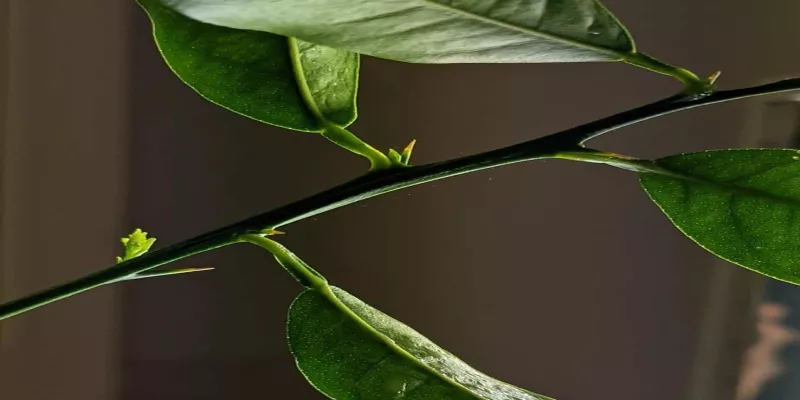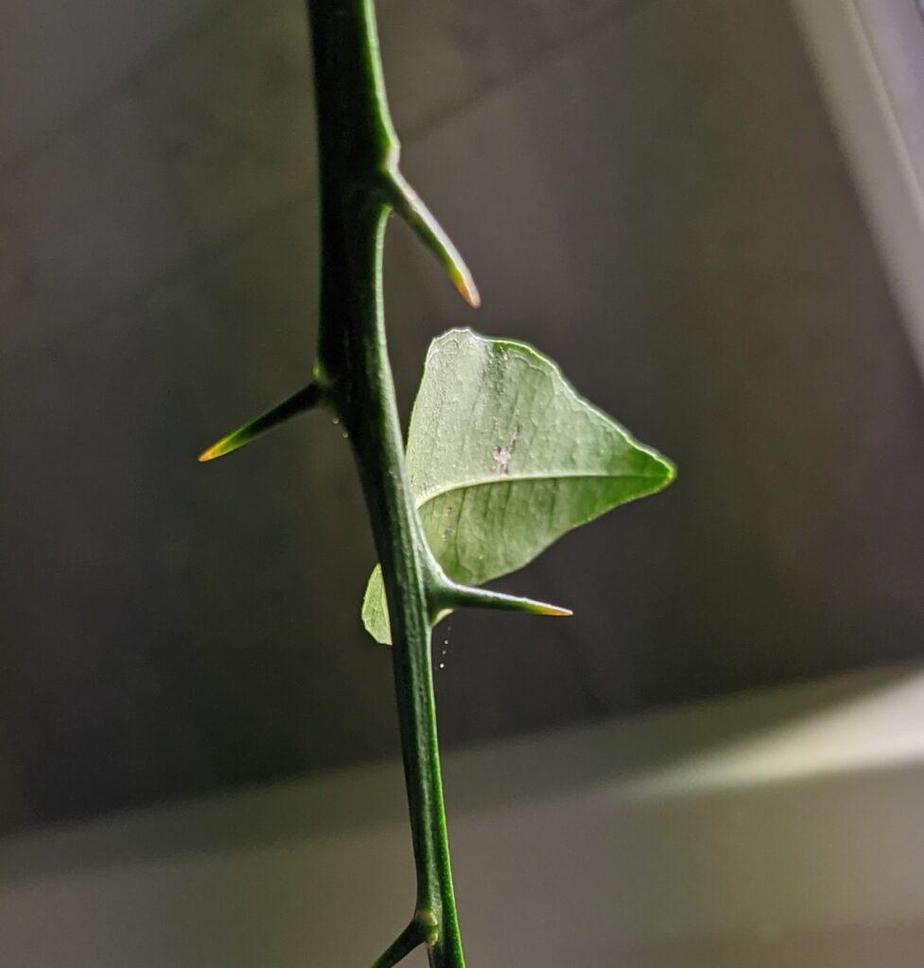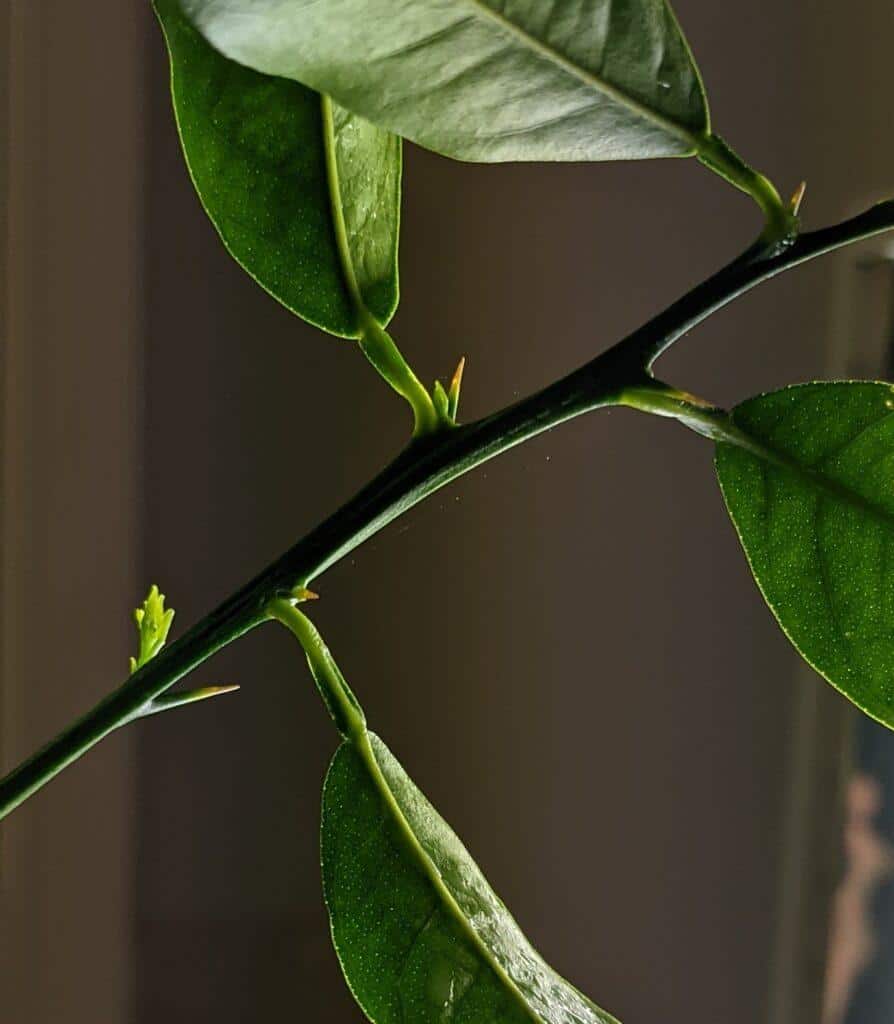How to Get Rid of Spider Mites on Plants

Table of Contents
Spider mites are plant pests that must be handled with speed. As a veteran spider mite fighter, I decided to write this quick guide to help anyone else battling spider mites on their indoor plants. I’m currently ridding a Limequat Tree of spider mites so it’s a timely endeavor. I will walk you through identification, prevention, isolation, removal, and extermination. If you have spider mites on plants, we can save your plant. Long live your plants!
Back to topHow to Tell if You Have Spider Mites?
The best way is to visually inspect your houseplants often. A good time to do this is when you are watering your plant. It’s an easy way to stay on a schedule. They are very small, and hard to spot with the naked eye. Spider mites munch on leaves and drink the sap, so you are most likely to find then them on and around your leaves. Some of the first noticeable signs might be from your leaves. They may begin to appear dry and shriveled. They may also show small yellow or white spots.
Spider mites like to hang out on the underside of your plant leaves. Whenever I have had a plant with spider mites I notice their little webs in tiny crevices. For example, if the leaf tip curls up or down I have found them there. Another popular spot is between the leaf and petiole (the stem-like part of a leaf that connects it to a stem) or the petiole and stem. They can also lurk in the soil, especially if it’s cold.
Now that you know how to tell if you have spider mites, let me tell you my favorite way to find out how bad you have them. You need a spray bottle with water and you need a light. You could use a flashlight, which is probably the easiest to move around your plant. Spray your plant with water lightly. Make sure the nozzle is set to spray the wide mist pattern. Spray from all angles, even under the leaves. The water droplets will stick to the spider mite webs. Next, shine your flashlight from all angles to find all the spider mites on your plants.

How Did I Get Spider Mites?
Spider mites prefer a warm and dry environment. Indoors you may be providing just the type of environment they like. You have green leaves to snack on, a warm temperature, and dry air. They can even hang out in the soil while it’s cold and then reemerge to eat the leaves when conditions are better.
Read this with caution. I felt itchy the rest of the day when I learned this. Spider mites are so teeny tiny they can travel in the air using their web. They use air but also hitchhike on a person or pet that can carry them to a tasty plant. Although the thought of that might make you itchy too, you don’t have to worry about being bitten. Spider mites do not bite humans or pets, just plants.
How to Prevent Spider Mites?
Spider mites like dry and warm environments. Your best defense is to make it inhospitable. There’s only so much you can do about temperature indoors. It has to be livable. You can try to keep your house or the areas where you have plants humid. In fact, many plants like humidity. You might use a humidifier or mist your plants occasionally to raise humidity. Bathrooms also typically have higher humidity.
Back to topI Have Spider Mites on Plants. What Now?
Quarantine Spider Mite Infested Plants.
Use the methods above to inspect all of your plants. If one plant has spider mites, then the mites may have traveled to other plants. Once you know which plants have spider mites, you must quarantine them. Be careful doing so, remember these little terrors travel in the air! Don’t go jostling the leaves all around when you’re moving them. If possible, keep infested plants in a separate room from your healthy plants. Try not to put them near an air vent or a window that might be opened for a breeze. You know why. The bathroom is a good place to quarantine. Spider mites like dryness and taking a bath or shower may raise the humidity.
How to Get Rid of Spider Mites on Plants?
Next, you want to try and remove as many spider mites as possible. Often people recommend a heavy spray down from an outdoor hose or in your shower. If your plant is quarantining in your bathroom already, the shower is probably a good option. Make sure you spray from every angle and definitely get under the leaves. I’ve always been a little hesitant to use this method. I just imagine I’m spraying them airborne to go find another plant. However, I have used this method recently on my Limequat and it seemed to work.
Another method is to physically wipe down your plant with a wet rag. If you have a plant with a lot of tiny leaves, this is just not going to be possible. I have done the wipe-down method for a Birds of Paradise and it worked nicely. Wiping your plant down is way more time-consuming compared to the spray-down method.
How to Kill Spider Mites?
You will never be able to get rid of all the spider mites with simple removal. You need to know how to kill spider mites that remain. My favorite tool for this is neem oil. You can find it at your local garden store and some home improvement stores carry it as well. A bottle like this will last a long time because you actually have to dilute it. I like neem because it works on many indoor plant pests.
You will have to dilute your neem oil with water and put it in a spray bottle. Follow the directions on the packaging to know the proportion of water to neem you should mix. You can also buy premixed neem oil in spray bottles, but in the long run, mixing it yourself is cheaper. Once mixed, spray everything. Spray the neem oil all over your plant from every angle. Make sure to get the soil too. Beware it has a strong smell. My husband, who can’t smell anything, knows when I have sprayed neem oil. It’s not a bad smell, it’s just powerful.
Neem oil is a naturally occurring pesticide. The National Pesticide Information Center from Oregon State University Extension Services has a great fact sheet on neem oil. Neem oil is not toxic to humans, cats, dogs, birds, or most importantly plants. Nonetheless, wash your hands when you're done applying the neem oil.
Repeat.
As with most house plant pests, you will need to stay vigilant. It’s likely that you will need to repeatedly treat your plant with neem for several days until there are no signs of spider mites. You may even need to go back to the removal stage if your infestation is really bad. I've been treating my Limequat Tree in my bathroom for the past week. I did one hose down in the shower and I've sprayed neem twice. Today I saw a few stragglers as you can see below. That's why you have to be very thorough.

Success Killing Spider Mites on Plants.
I’ve had spider mites on plants a few times over the years. To name them off, I’ve saved a small Pothos, Money Tree, Fiddle Leaf Fig, and a Birds of Paradise. I’m currently treating my Limequat Tree as well. In fact, I was having a hard time finding any spider mite webs to take a picture of for this blog. I did give up on a Dieffenbachia with spider mites when I was first collecting plants. I was so overwhelmed by the sight of all the webs I threw a trash bag over it and took it out of the house. In hindsight it was salvageable, but I didn’t know that at the time
Are you battling spider mites? Share your story below. Which plant is infested?
Back to top
Add new comment